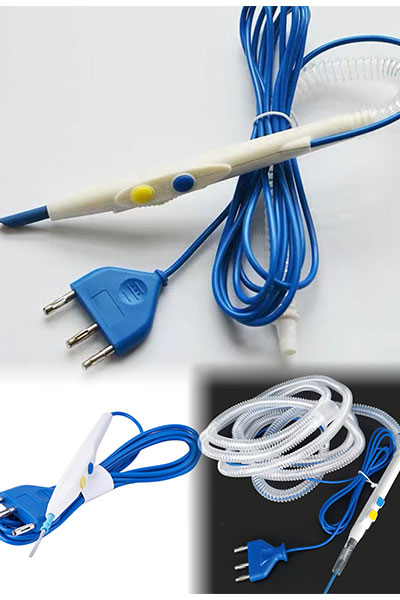
The handle control ESU pencil with integrated suction has more comprehensive functions than the ordinary ESU pencil , which can better deal with the smoke generated during the operation, improve the operation efficiency and the safety of the operating room environment .

Factory inspection refers to the process of examining and assessing a manufacturing facility to ensure compliance with regulations, standards, and best practices.
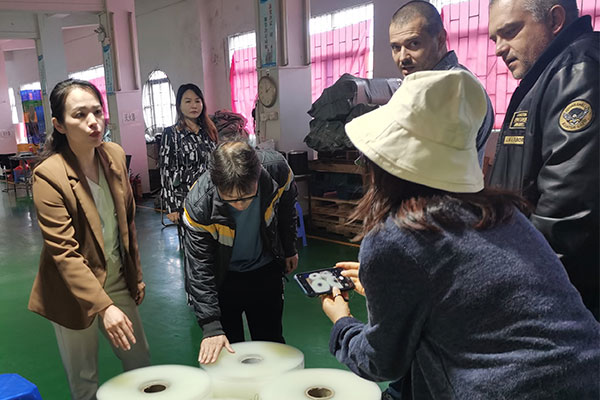
It's challenging to provide an exact number of physiotherapy hydrogels because the field is continually evolving, with researchers developing new formulations and applications.
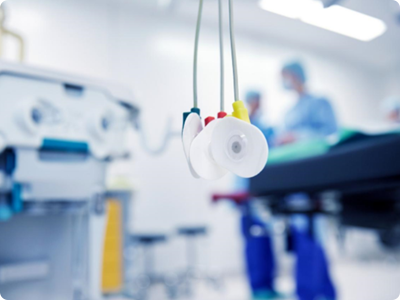
Classified by conductive types
Liquid electrode: liquid medium has a strong penetration and wetting effect on the skin, can provide very fast and stable ECG waveform; The liquid electrode is suitable for ecg diagnosis and monitoring of dry, rough, hairy people and low temperature environment.
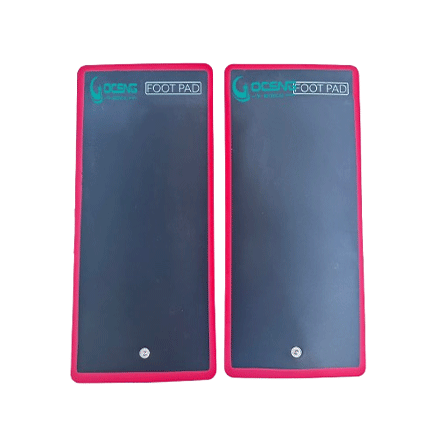
Goceng Medical proudly introduces its next-generation foot care innovation — the Silicon Foot Massager Pad. Designed with biomechanical acupressure technology and medical-grade silicone materials, this product offers a safe, convenient, and effective daily foot relaxation solution, meeting the modern demand for proactive health management.
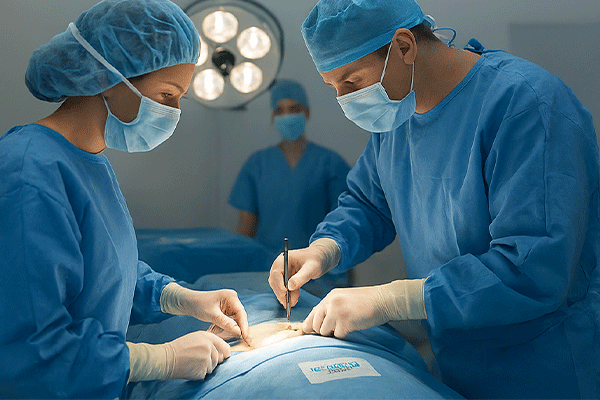
GP-001 to GP-012 Series Empower Safer Surgical Energy Management**
— Goceng Medical announced the official release of its upgraded GP-001 to GP-012 Neutral Electrode(grounding pads) Series, delivering a full-spectrum solution for modern operating rooms.
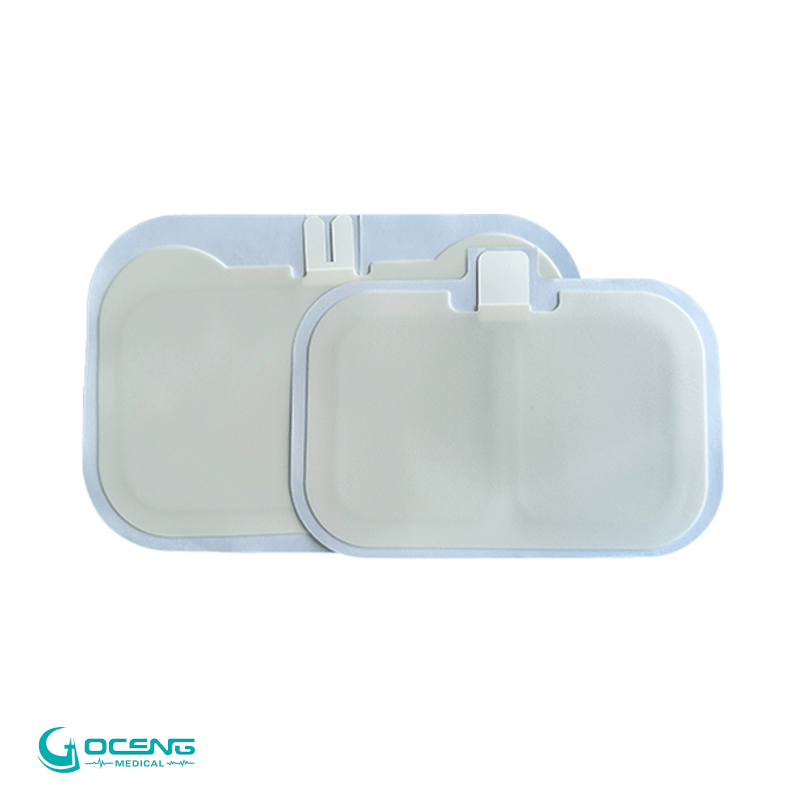
As a leading manufacturer committed to electrosurgical safety solutions, GOCENG MEDICAL deeply understands the critical importance of patient safety in the operating room. Our meticulously engineered horizontal, large-sized dispersive electrodes are not just accessories; they are the embodiment of our promise to protect every patient.
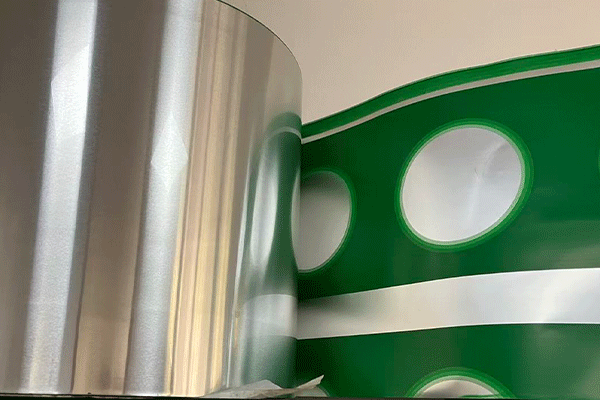
GOCENG MEDICAL has started OEM production of a new 100×100 mm surgical neutral electrode pad. The product uses medical-grade conductive aluminum foil and introduces a special-material color print on the foil for improved identification and traceability.
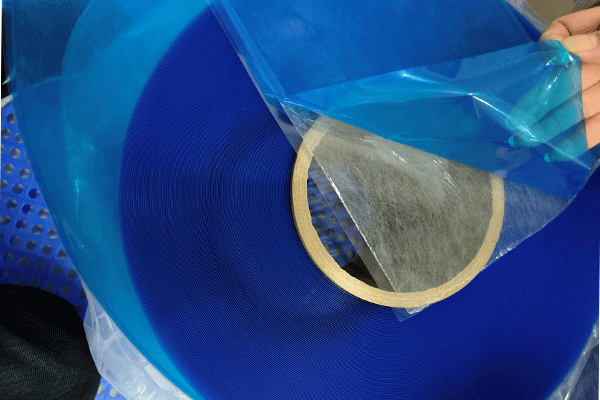
Hydrogel is the based material of Rehabilitation physiotherapy electrodes, which is also known as medical electrode pads, TENS electrode pads, or physiotherapy pads are key consumables that connect medium and low-frequency physiotherapy equipment to human skin and are used to conduct electrical pulses. Its market is closely linked to the development of rehabilitation medicine, home health care and pain management.